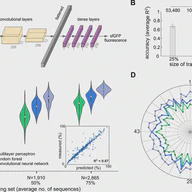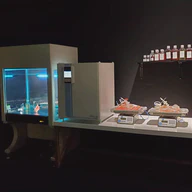Lay summary A common way to simulate metabolism in an organism is by metabolic models – mathematical equations that describe the dynamics of chemical reactions. Genome-scale constraint-based metabolic models account for most reactions that can occur in a cell and can be used to predict how much a genetically engineered microbe can produce an industrially relevant compound.
12 Jul 2025
Lay summary My team members (Chalita Chomkatekaew, Claire Chewapreecha) and I wrote a short article, which reviews six recent studies that sample genetic material from wastewater to track spread of pathogens.
27 Feb 2024

Deep learning, a type of machine learning, can be used to predict how much protein a specific DNA sequence can produce. But, it usually needs a lot of data. We managed to get a deep learning model to do make predictions with less data, especially if the data is diverse. Our study is useful because people can then produce fewer DNA to train a model, and this is cheaper.
15 Dec 2022

Lay summary Lung cancers are resistant to many drugs. Bee venom contains a protein called melittin. We want to know if it kills lung cancer cells and stops macrophages – a type of white blood cell – from changing cell type. Macrophages are important as it changes behaviour in lung cancer.
25 Dec 2018

Synthetic biology has enormous potential to solve problems in health, agriculture, and energy. Bill Jia and Arin Wongprommoon explore engineering approaches to controlling biological processes.
19 Sep 2018